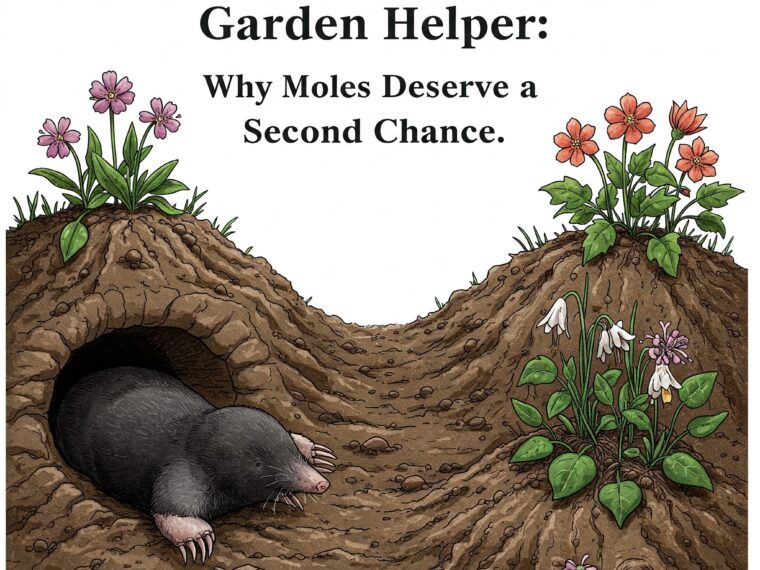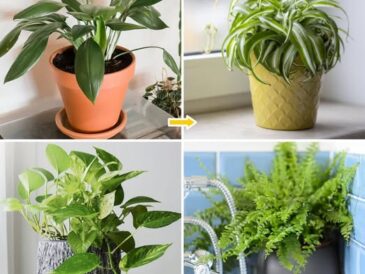🌾 The Hidden Benefits of Mole Tunnels
While mole tunnels can be annoying to see, they actually provide several hidden benefits for soil health and plant growth:
- Soil Aeration: Tunnels help oxygen reach plant roots and beneficial microbes in the soil.
- Water Penetration: Improves drainage and helps prevent root rot.
- Nutrient Distribution: Brings subsoil minerals closer to the surface, enriching your garden bed.
In other words, moles are like little underground tillers—doing the hard work of loosening soil so your plants can thrive.
❌ Common Misconceptions About Moles
Let’s bust some myths:
- “Moles eat my plants!”
False. Moles may displace roots while digging but don’t eat vegetation. - “They invite other pests!”
Actually, the opposite is true—they reduce the insect populations that harm plants. - “Killing moles will protect my garden.”
Removing moles might make room for other pests (like voles or grubs) to flourish unchecked.
🧠 A Balanced Approach: Living with Moles
Instead of waging war on these creatures, consider these eco-friendly strategies to coexist:
- Designate a Wild Corner: Give moles a part of your garden where they won’t be a nuisance.
- Plant in Raised Beds: Protect delicate plants while still allowing mole activity elsewhere.
- Use Natural Repellents Sparingly: Castor oil-based repellents deter moles without harming them.
- Embrace Diversity: Moles indicate healthy, biologically rich soil. That’s a good sign!
🌼 Final Thoughts: From Pest to Partner
Moles might not win any popularity contests, but once you understand their true role in your garden’s ecosystem, it’s hard not to respect them. These solitary, shy creatures aren’t your enemy—they’re working behind the scenes to keep your soil healthy, pest-free, and full of life.
So next time you spot a molehill, take a deep breath and remember:
You may have just discovered your garden’s most misunderstood hero.




